City of Mist is a TTRPG that puts PbtA on its head and sets you front and center in a Modern City filled with average people empowered by all the legends of history – from Hercules to Czernobog, from Bloody Mary to Slenderman. Want to play as the modern god-like embodiment of the Cheshire Cat? This RPG might be for you.
The central premise of City of Mist is simple: You’re investigators inside a city full of ordinary people with legendary powers hidden inside them.
Past the easy pitch, things can seem pretty complicated – how does the game play, what are these powers like, do we fight monsters? The only real way to figure it out is to read it… so let’s tackle it together!
Terminology plays a pretty large role in this book/system. I’d be remiss if I did not chastise the writing team for re-naming practically everything – as I feel a reliance on our own established language makes jumping into TTRPGs a hell of a lot easier. Instead of “Threats” they use “Dangers” by example – while they might mean the same thing once you wipe the dust off, it really just adds some unneeded clunk to reading the system.
Sleepers: These are your average people. Rebecca trying to flag down a cab when a window shatters across the street. Jahari, working on their thesis at a cafe when a gargoyle collapses off the roof of the near-by church. These people may never know what’s really happening with The City.
Rifts: Rifts are you, the player. They are people with powers of legend from the far-flung past or even from urban legend that have made themselves apparent. These people have awakened to the power inside them and seek out what it means, where it comes from, who else has power, or even if they are the same person they were before their awakening.
Logos: Your Rift’s normal life. What they get up to when not empowered by these legendary entities. There is a near limitless range of possibilities here, so long as you stick to the idea that your character will want to find out more about their powers through the course of the game.
(Example: I will be using Hector, a grocery bagger who lives with his grandmother – a third generation owner of a massive antique bookstore, where Hector spends his off days reading.)
Mythoi/Mythos: Mythoi are the legends themselves (Hercules, Medusa, Dragons, HH Holmes, Hello Kitty, Alice, The Beast). They are the manifestation of power within the Rifts. They can take physical form, but primarily they seek to have their myth spread and will urge and coerce the Rift they’re within to do so. Powers can manifest subtly or concretely: a woman with the Mythos of Sir Lancelot might be able to make real armor appear on her body, while a transgressing man with the mythos of Sun Wukong, the Monkey King might show no sign at all of his ability other than his movement – or perhaps cast a monkey-like shadow while moving.
(In our example, Hector will have the Mythos of Hercules within him!)

The City: Always capitalized, the City is the location of this game – but is also potentially something more. There is no real-world equivalent to The City, it could be everywhere, nowhere, or everywhere. It is, however, akin to a modern-day city like New Orleans, Manhattan, San Fransico, or Dallas. The book suggests you take heavily from your real world experiences, but understand that The City itself could be the nexus/hub of Mythos or perhaps just be a mundane place – such decisions should be made by your gaming group.
The Mist: The Mist is a thin veil that seems to obscure the Mythos from Sleepers – it’s a combination of luck, trickery, magic, divine intervention. It’s the cabby that turned Rebecca’s head from the window. The sheer luck that Jahari couldn’t see the roof of the church. It is the “lack of evidence” that leads people to believe a gas main exploded in downtown, when a Rift really battled a rampaging dragon! This is the MC-fiat that allows for the game to exist without re-writing the entire world around these beyond-understanding powers.
“The Mist … hides their miraculous powers from those who have not awakened to the legend inside them: the sleepwalking residents of the City.”
Now that terms are more-or-less known, for now, we can tackle the meat of the book – the “set up” of the game. Essentially, no one knows about rifts except other rifts The Mist hides it from the rest of the world. The game is set to play out like a detective comic book/TV Series, so the vast majority of time and resources will be spent trying to answer questions and track down leads. Each and every Rift has an ordinary life, but the game goes out of its way to repeatedly and firmly state that each and every character should be investigating their inner legend in some way, possibly even making that their profession.
The entire game centers around the idea of Themes – which are both the name of what they are and a keyword the book uses for them. Essentially players need to set various themes for their real life and themes for their powers. You’ll see these various themes highlighted everywhere in the book, which is pretty handy. Some examples of themes are:
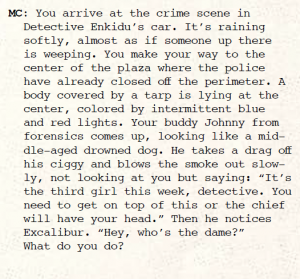
- Cupid can make people fall in love with one another
- Medusa can turn people into stone
- Peter Parker is a science scholar
- Bruce Wayne is a reclusive billionaire philanthropist
They’re just generalized ideas of what a character might be, so that one can suss out what Tags to give these individuals. There are a ton of “Themebooks” in this chapter – questionnaires to flesh out each theme and chose Tags. Tags are short descriptions of abilities, qualities, etc, that a character possesses, like: “burly, sawed-off shotgun, prince’s charm” – these are not just for show, but also affect actions and powers (strengthen or weaken) while playing the game.
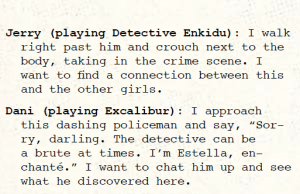
Now I bet you can tell, I am very much not a fan of adding in all this weird vocabulary to things, but seeing them written down in the book and the way they are presented make for a much easier time ignoring how tiring it is. The long and short of it is, you’re going to go through several different stages of surveys to boil down your entire character and their powers into a bunch of 1-3 word tags so that instead of saying “oh, well Hector is super strong because he’s like Hercules, right?” you say “He’s Unfairly Strong.”
One thing I like a whole lot is that the book suggests you determine a theme for your group as early as possible – to decide what common themes the group as a whole will share compared to the individual. I think this is a brilliant move for all tabletop games and can do nothing but improve the game. However, the book’s use of the word “ciggy” made me want to shriek in terror and anger. Never, ever, would I advise that ever in any product to ever be published in anything ever.
Written in this book is a rule that I absolutely love: “don’t use game terms when speaking in character” The characters of this game are struggling to understand what’s going on and why, if the character says “their mythos is strong” – it immediately breaks the game apart and sucks out the purpose of playing at all.
This section delves into the ideas and general vibe of the game in terms of how the mythos would influence you and your character. Each character has to have had an Awakening at some point – a moment each Rift suffers through. I feel this is smart design, in a way, because it prevents the players from trying to approach the game as an unwitting/circumstantial pawn. By putting its foot down “You have all awakened already.” you’re less likely to get players trying to play, well, themselves – or a stylized version of themselves – caught unaware of what’s going on. Revoke that plausible deniability by playing this game as intended – the interesting parts shouldn’t be dragging a character along, kicking and screaming, into the game.
The Mythoi is a big bundle of “who fucking knows?” So the rulebook takes the time to relay several questions that one might have about their mythological identity: Why me? Where did this begin? What’s going to happen next? etc etc. Again, it poises the player to desire to investigate what’s happening.
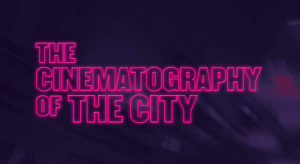 This chapter also delves into what the Mist is and how it can shield the real world from the Mythos that’s teeming underneath. The entire set-up requires player buy-in, like the movie Warm Bodies – if you refuse to buy into the storyline, you won’t get very far. The city is full of legendary powers and no normal people can see it – period. The summaries and positioning of this section do a great job explaining how to put yourself in your character’s headspace, which I believe may be the largest struggle of playing/running this game.
This chapter also delves into what the Mist is and how it can shield the real world from the Mythos that’s teeming underneath. The entire set-up requires player buy-in, like the movie Warm Bodies – if you refuse to buy into the storyline, you won’t get very far. The city is full of legendary powers and no normal people can see it – period. The summaries and positioning of this section do a great job explaining how to put yourself in your character’s headspace, which I believe may be the largest struggle of playing/running this game.
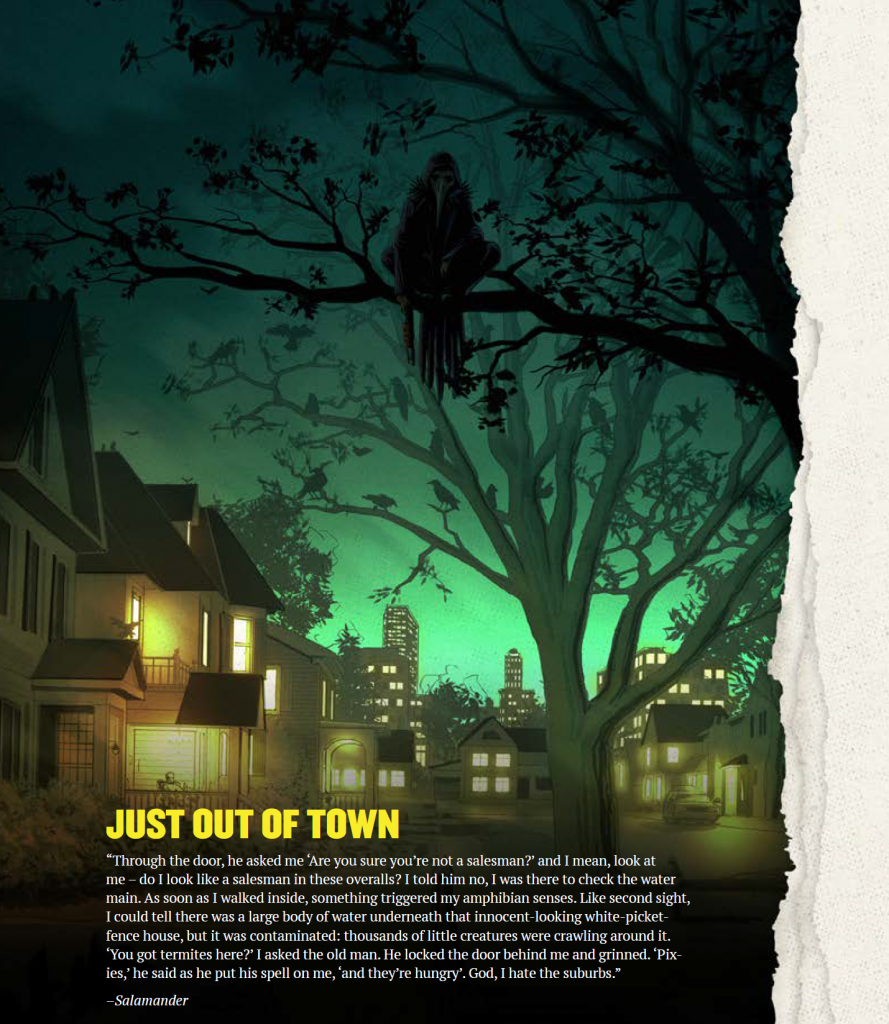 At the tail end of this section, the book briskly goes over the reasoning behind why other denizens of the city would seek you out – what could be happening behind the scenes, including unending struggles between at-war legends. The city isn’t out to get you, but with so many questions in need of answering – it’s only a matter of time before you stumble onto something that pushes back against you.
At the tail end of this section, the book briskly goes over the reasoning behind why other denizens of the city would seek you out – what could be happening behind the scenes, including unending struggles between at-war legends. The city isn’t out to get you, but with so many questions in need of answering – it’s only a matter of time before you stumble onto something that pushes back against you.
This is basically a heavy section about the setting – but all your own. The City (always capitalized) is this possibly fictitious place where only these powers dwell – but it has all the beats of a modern city: subways, theaters, downtown strips, etc. But dotted everywhere are these supernatural highpoints – like “thin places” – districts within the city where the Mist is thin and people suspect weird shit is going on.
I have to give kudos to the writing team, this section has a near exhaustive list of places and people to populate your city with. From the industrial zones, shady gossipers, docks, old quarters – it’s just a lot. I really think other city-based systems could stand to learn a lot from the presentation and art direction of this book – each of the locations has a blurb about it and an image that really shows the juxtaposition of these two colliding worlds. Very well done.
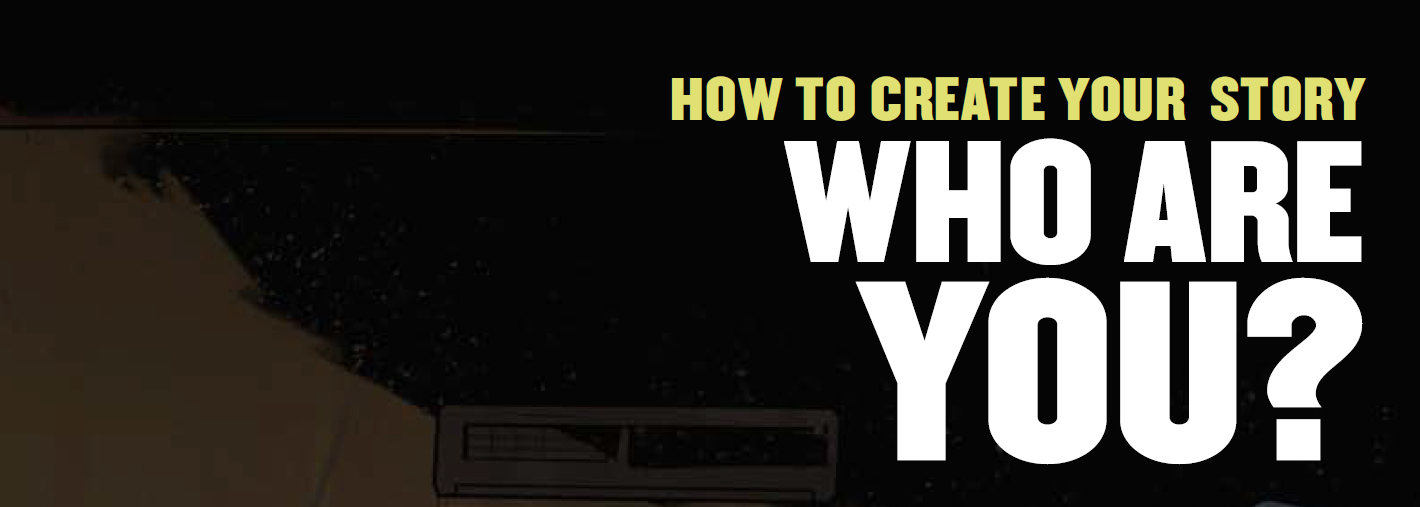 lots and lots and lots of themebooks, holycow.
lots and lots and lots of themebooks, holycow.
This chapter covers the basics of setting up the game and characters involved. It dials in pretty well what to focus on and how that focus would benefit the creation of the character, including suggesting a roleplay session of daily life. Which is amazing if you have time. Having that taste of normality – going to bag groceries and call your grandmother on her birthday, when she barely knows you, before nuking a TV dinner and falling asleep on the couch. It establishes a baseline for what is normal and what is complicated in the life of these characters, and I highly recommend it.
The big beats to pay attention to here all focus around what your character did before their awakening and what your character does now. When you combine all the characters, it can get messy – so City of Mist actually suggests you establish why you’re all working together before you delve into the specific characters. Again, another idea I support, given the narrative weight of this system: are you all in the same sworn sect? Do you do this for money? Do you consider yourselves Modern Gods? Lotta cool angles to play at and themes for the game.
Example: Hector, we find, will be using the “expression” Themebook – changing the world overterly and directly. Herc Smash!
 The Mythos is the tricky bit, and some of the examples they give are hilarious and cool: Puss from Puss in Boots, Arthurian Legend Knights, Bloody Mary, Paul Bunyan, Jack the Ripper. Reading through the list really opens wide the possibilities because the city is created to be ephemeral and barely-real. These weird stories had to come from somewhere, so why not specifically YOU?
The Mythos is the tricky bit, and some of the examples they give are hilarious and cool: Puss from Puss in Boots, Arthurian Legend Knights, Bloody Mary, Paul Bunyan, Jack the Ripper. Reading through the list really opens wide the possibilities because the city is created to be ephemeral and barely-real. These weird stories had to come from somewhere, so why not specifically YOU?
I will not be going over the bit-by-it presentation of themes and tags because there’s a lot and it’s more for developing and categorizing your characters, not so important in the scheme of understanding what the hell this game is. If you’d like an article on how to build a character and play the game, let me know!
There is a questionnaire for the various theme books that actually asks direct questions to help players flesh out their character’s mythos. Coming off of a game like Masks: A New Generation, it can be a little hard to make interesting “playbooks” without really limiting the creative aspect of the game. Here, we see more direct questions about specific aspects of one’s powers, rationalizing the center of the power suite and letting the outside bounds be set by the game. Really cool in practice for those of you who want to try the system out.
Just like the Mythos theme book, we also get Logos themes – specifying what kind of person you are, what drives you, how your life has evolved and what kind of threads you can expect to reach out from your mundane life while your character struggles with their legendary powers.
The best part of the theme rhetoric is that the book ties it all back together with the narrative direction of the story. By example, themes that are not used are actually replaced while themes that are used quite often evolve and change – both Logos (human) and Mythos (legendary). Each time there is a change in theme, there’s supposed to be a huge personal crisis or development. Replacing a theme might involve a loss of a loved one, failure of your powers, tragic accident. Evolving or developing a theme may involve a surge in power, a new mentor, or even something like a promotion at your place of employment.
On top of that, when you replace a Logos theme, you have to choose a Mythos theme… when you replace a Mythos theme, you must choose a Logos theme: a balancing act. If you lose all of your Logos, you be taken over completely by your legend and become an Avatar for your Mythos. But more interestingly, if you lose all of your Mythos tags – you become a Sleeper, like the other unknowing folks in the city. The idea that you can slip so far into the mundane that you are removed from the legendary aspect of the game (your discretion when you return and how) is an exciting prospect for me. It helps drive the character toward using their powers (a problem i’ve often had when running these Powered by the Apocalypse games is getting players to stay out of the Ungame!).
This entire chapter revolves around how, when, and why your character levels up, changes, and evolves. It all ties back around to the narrative, like most PbtA games, but the coolest part is – you can potentially play the game as an Avatar or a Sleeper. One mean that you wield the powers of your mythos as an unstoppable force on an unbending path (when you step out of that path, the Avatar state ends). The other means that you can barely recognize or remember the world underneath at all (you can choose when/where/why to awaken again). It’s an interesting and appreciated approach to the dilemma of running a game for a bunch of, essentially, demigods.
Mechanically, Powered by the Apocalypse inspired games are extremely math light and more conversational – the same holds true here. The vast majority of this chapter delves into the different actions one can take within the system and how the various moves work. If you have 2d6s, you’re ready to play this entire game. Roll a 2-6, that’s a miss. 7-9, that’s a hit! 10+ that’s a strong hit. (Note, not a “failure or success” but a miss or hit.)
The core moves, what makes up the bulk of the game, are extremely simple but really well written, leaving a lot of room for “selling the MC” on a move while not being so vague as to barely help the player decide what to roll.
There is a commodity system within the game that allows players and MCs to “burn” a character’s power and story tags – influencing their bonuses to their rolls. In this regard, we finally see a departure from traditional PbtA games, and I love it. The give and take of the burn mechanic is exceedingly interesting and adds a lot of extra flavor to the overall mechanics of the system.
 In place of an HP pool, we also see the inclusion of Statuses. the basic idea is, when you hit 5, you’re probably beaten. When you hit 6, you’re probably dead or worse (yes, worse). It’s simple, effective, and prevents the “jack in the box” narrative combat that D&D often employs: folks get knocked out and back up every 6 seconds ad nauseam.
In place of an HP pool, we also see the inclusion of Statuses. the basic idea is, when you hit 5, you’re probably beaten. When you hit 6, you’re probably dead or worse (yes, worse). It’s simple, effective, and prevents the “jack in the box” narrative combat that D&D often employs: folks get knocked out and back up every 6 seconds ad nauseam.
Clues are the narrative resource that keeps the game chugging along. These things break down the fourth wall and let your PCs ask the MC a question – “Who is the killer?” It’s pretty crazy to think about, considering the proclivity for many Game Masters to hide what’s really going on from their players as long as possible, often to the consternation of the players, to think a game would leverage a resource players can use to just…. find out what’s going on. This is not to say your MC will give you the exact answer, but it’s a guarantee on the part of the system that you will be led toward the conclusion you want to see: a lead, a solid piece of evidence, a straight answer. Just a cool addition to the game I feel should be talked about.
At this point in the review, my lovely readers, I’m starting to get nervous. There is still half a book left and I’m starting to question the need for more rules to govern – so that may be why the idea of “Juice” doesn’t sit well with me.
Essentially, Juice is your ability to shake up the game and get stuff done. They can be your Mythical resource (like magic) or they can be your reputation, your overall vigor for the investigation, etc. Here’s the issue – Juice is described as being “your ability to shape what is going on around you by using your abilities, resources, and allies. . . . a healing touch, psychological stability, or general preparedness ” this kinda sounds like, ya know… the moves? Roleplay? Sapient thought? So instead of just letting that happen, you have to manage this little point-based-system for it.
Open a crate of guns? Your henchmen don’t just have guns, you have 4 juice worth of guns for your henchmen. Want those henchmen to go do something? You brought them, found guns, gave them out, made rolls to make it work – but now spend a Juice to have them ‘guard the truck.’ Like the FATE system of writing every little detail about what your character does (high-ground for standing on a box), I feel this is unnecessary. HOWEVER, I do have to say this mechanic prevents MC fuckery. How many of you out there have had a situation come up in-game where your DM pulls something like this:
“I’m wounded, so I point and tell my hunting dog to ‘Attack!’”
“Haha, sure. your dog goes over and lays down, shows it belly, and whines to be pet. The bandit captain shoots you with a crossbow.”
“So my dog didn’t do a fucking thing? Why did I buy it?”
By having the resource, Juice, you have a physical representation of how effective that little fucker is going to be before you use it. If you find a hunting dog and your MC gives you 0 juice for it, you know it’s just for flavor.
There is another mechanic for rolling a 12+ on certain moves depending on your theme book, called Dynamite!, there’s another set of rules for aiding, another set of rules for each basic move in the game (leverage and counter leverage) that basically means your MC can reduce your rolls depending on story elements – the example given is talking a suicidal teenager off of a ledge, there’s a mechanic for improving effects, there’s a mechanic for gaining attention, mechanic for invoking tags, mechanic for, mechanic,,̷̛ ҉̧m̸̨e͞ch̸ą̴́, ̀,̭̩͎̹ ͏̶͎̬̰m̭̞̩̳̩̞̟͡͝ͅḙ͔̠͎͇̪c̨̰͉̦̲͈̱̯̹,͉̗̠͙͟ ̦͉̱͇̹͚̫̖m̗̹͕̗̘̝̼̀̕.̵̛̳̩͕͖͈̭.̴̟̠̥͚̯̮.̯̗̠̰̘
I’m sorry to say that this chapter is too much for a great number of people. The love Powered by the Apocalypse has had stems from the lightness of these rules. Often there is just a hand-out each player has that they can reference for each of the various moves – and in that form, it’s not a struggle to understand how the moves work at all… but in these 16 solid pages we’re introduced to about 40 new mechanics for the moves. It’s a tad (very much so) overwhelming, and most MCs and players will ignore what is not written on the cheat-sheet in front of their faces.
This chapter is 33 densely packed, solid pages of how to run the game. There is a lot here – so much so that I’m not even going to touch on it.
I will say that as far as writing an investigation goes – this book tackles the steps needed far better than anything else I’ve ever seen. Following the guidelines here could be a huge boon to not only City of Mist players, but a great addition to any GM’s toolbox.
This chapter helps establish the framework required to make bad guys, challenges, npcs, threats, story beats, plots, and any Moves needed to make the game function. All that is inside this chapter relies on the other 5 chapters (and nearly 400 pages) to understand and build upon – but what is presented here works very well. Asking yourself, as the MC, questions about the world outside of what your players would think to ask means that the world will be more fleshed out and nuanced long-term.
An easy example of the Soft vs Hard moves:
Hector calls the hospital office and demands to speak to his grandmother.
(Soft move) The nurse tells him that she’s asked to not be disturbed, even by him, while she has a visitor.
(Hard move) The nurse tells him that she’s been taken to a different hospital… by her grandson, Hector. [DUN DUN DUN!]
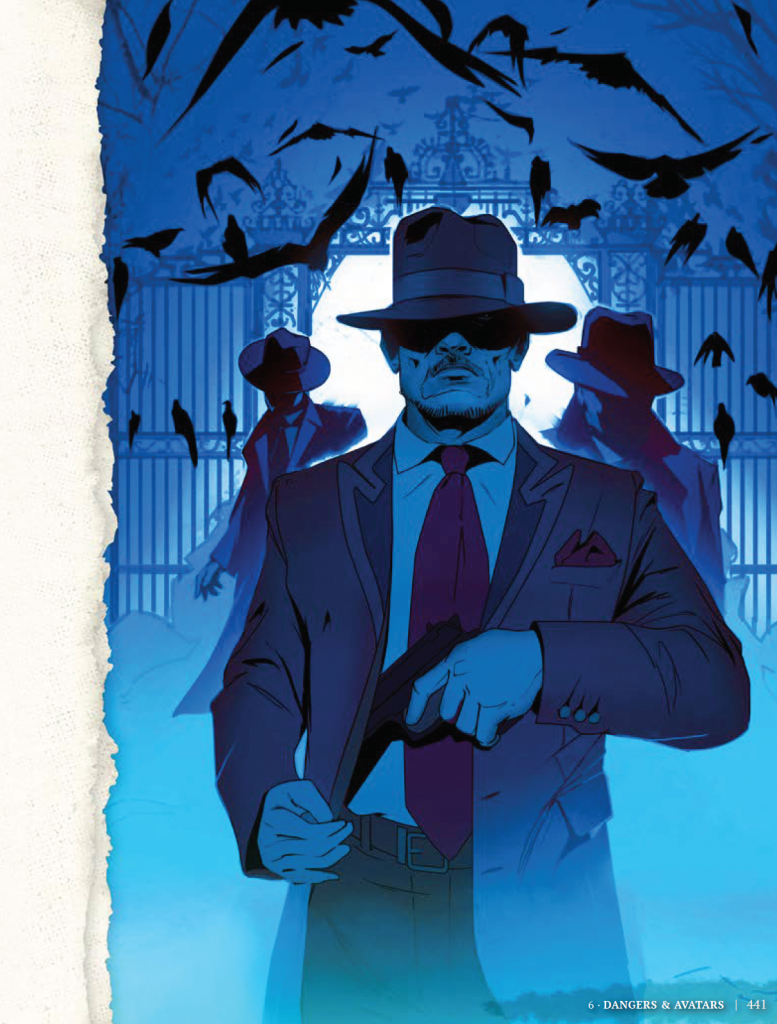 This chapter also covers how to make your own moves, and a laundry list of NPC archetypes to choose from. That list of NPCs also includes Avatars. Avatars are basically Bosses within this game – Mythos that have managed to manifest themselves completely, driven to one end: to manifest the story of their Mythos on a City-wide scale.
This chapter also covers how to make your own moves, and a laundry list of NPC archetypes to choose from. That list of NPCs also includes Avatars. Avatars are basically Bosses within this game – Mythos that have managed to manifest themselves completely, driven to one end: to manifest the story of their Mythos on a City-wide scale.
It’s interesting to see the mythos made flesh and how those stories can be applied to the entire city in different ways. Treating the Avatar like the body of an octopus is probably wisest, as many branches come from them all over the city, and any one of them could lead the investigators back to the body.
The creation rules are pretty solid as well, giving good reasons and justifications for everything an Avatar might want. The only limitation here, I think, is plucking some obscure legend and making it fit the “wide scale” mentality – luckily they several already made to choose from. Several already made to choose from that look really fucking awesome, at that. The art is just… it’s too good.
Finally, the book concludes with dozens of pages worth of sheets for play. Like any other PbtA game, the sheets are extraordinarily important for the success of the game – and I’m happy to report that these look pretty great!
Final Thoughts
So – I will admit that this book was a little bit more than I was prepared for. There are more rules in chapter 3 than the entirety of Urban Shadows, with over twice as many pages. In fact, the City of Mist book (510 pages) is larger than both Urban Shadows AND Masks: A New Generation combined (508 pages combined).
The art direction is beyond reproach! The pictures are beautiful, the layout is great, no page is too busy to focus on and no page is so devoid of art that its boring. Caught between a comic book and a Rules Supplement, it does both very well.
The system is mostly tight, but I cannot say this thing is easy to play. There are so many moving parts and keywords and mechanics and tags and themes that no matter how you spin it, you’re going to have to probably have more than one copy of this book at your table to run a successful session.
With a cool and interesting idea, solid (if lengthy) rules, a stylish and beautiful book, and reliance on a tried and true roleplay system – you should absolutely check this system out. To be honest, there’s enough interesting city-building and character building stuff in this book to merit buying it regardless of if you play the game or not.
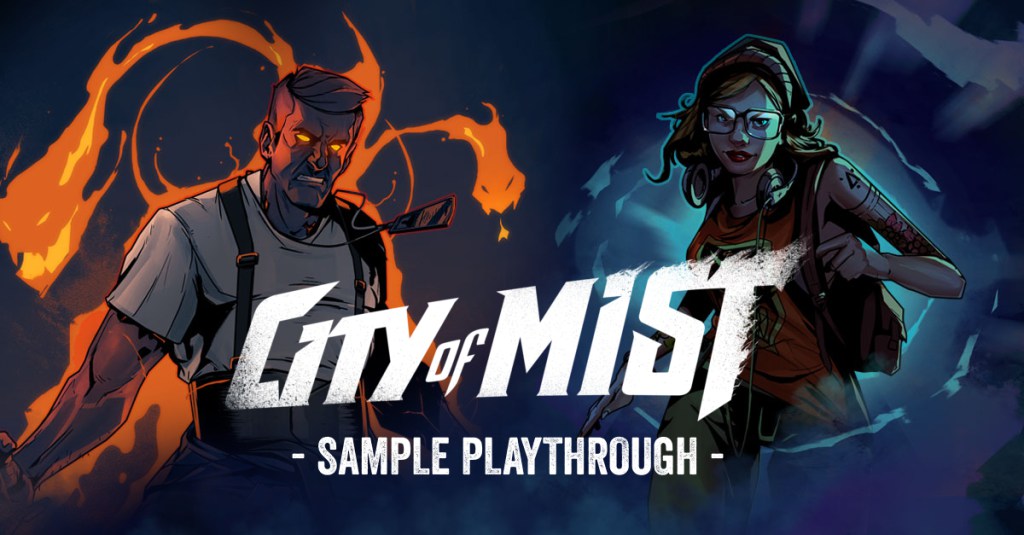
I don’t always advocate rolling, but when I do… be sure you have to Drop the Die.
Review by JB Little, Follow me on twitter for more “useful” information.
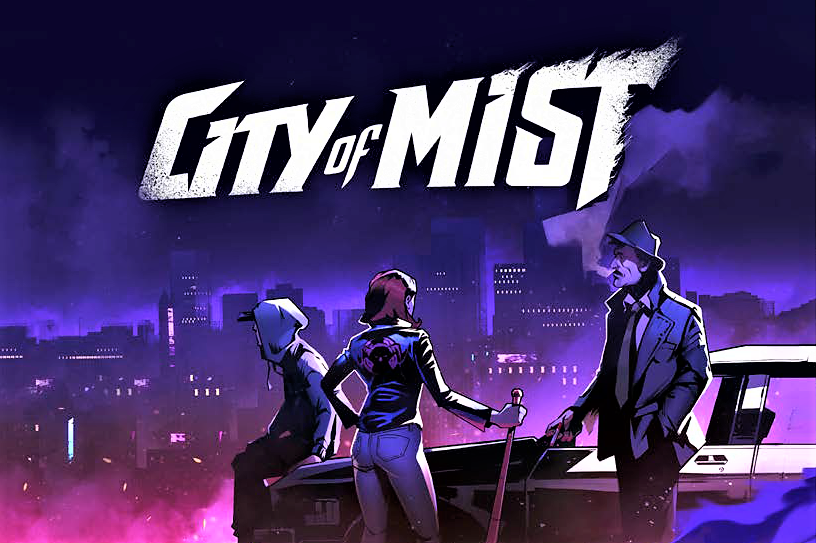

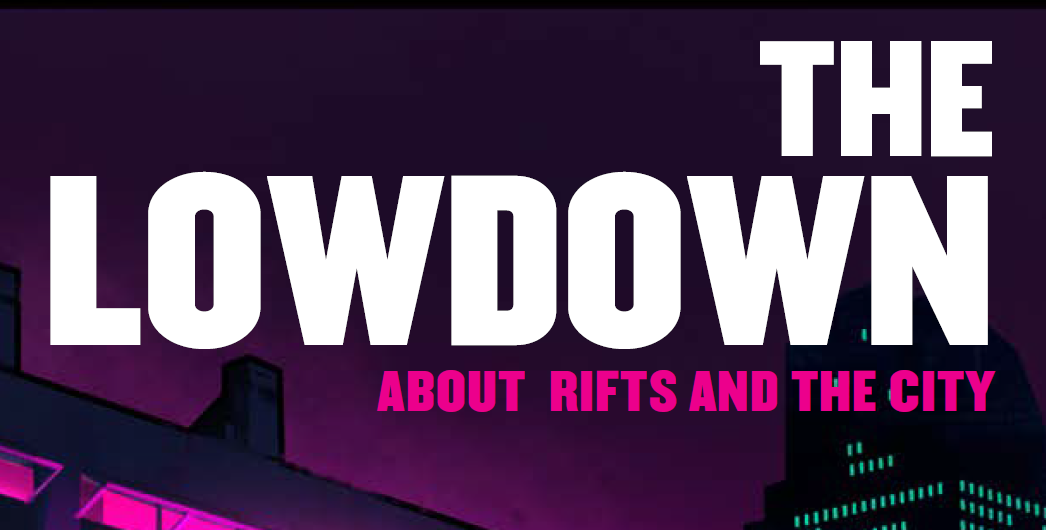




Wow, really thorough and well done. I think I will have to pick up this book and read it… a few times. It sounds cool, even if it is complicated.
Appreciating the persistence you put into your blog and detailed information you provide.